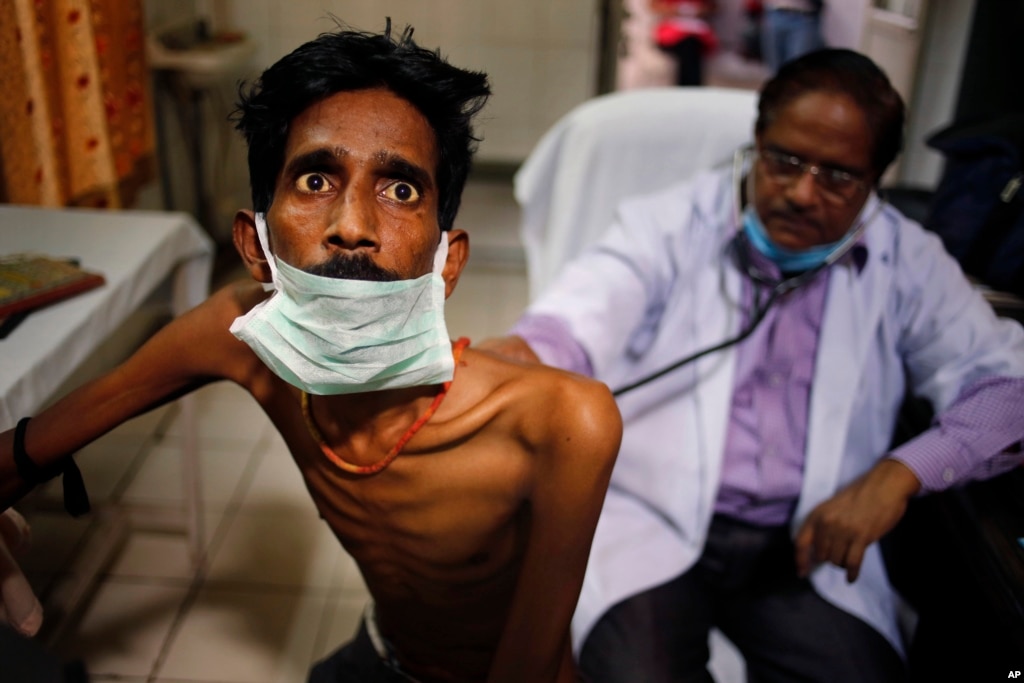On World Tuberculosis Day, Doctors Warn Of New Drug-Resistant Bacteria

On World Tuberculosis Day, Doctors Warn of New addiction-Resistant BacteriaDrug-resistant strainsIn recent years drug-resistant strains of TB have taken hold around the world, posing an increasingly urgent public health threat. Friday marks the United Nations' World Tuberculosis Day, aimed at raising awareness of a disease that kills an estimated 1.8 million people every year. Six countries account for nearly two-thirds of the cases: India, Indonesia, China, Nigeria, Pakistan and South Africa. "That has now been registered in South Africa and is available to treat many patients with drug-resistant TB. The report warns the new drugs must be prescribed as individually targeted treatments with clear dosing guidelines, to prevent further resistant TB strains from emerging.
Self-Sustaining Bacteria Could Yield New Energy
Phototrophic bacteria use sunlight, carbon dioxide and water to make its own energy, while heterotrophic bacteria must feed on provided organic matter or phototrophic bacteria to survive. After the cycle was established the researchers stopped adding additional food sources for the heterotrophic bacteria and there were enough phototrophic bacteria to sustain the metabolic processes of the heterotrophic bacteria. Self-sustaining bacteria fuel cells could replace oil, coal or even solar as the energy of the future. Through cellular respiration, the heterotrophic bacteria produced carbon dioxide waste that was used by the phototrophic bacteria to kick start the symbiotic cycle. Researchers at Binghamton University have developed the next step in microbial fuel cells, with the first micro-scale self-sustaining cell.collected by :Lucy William
No comments:
Post a Comment